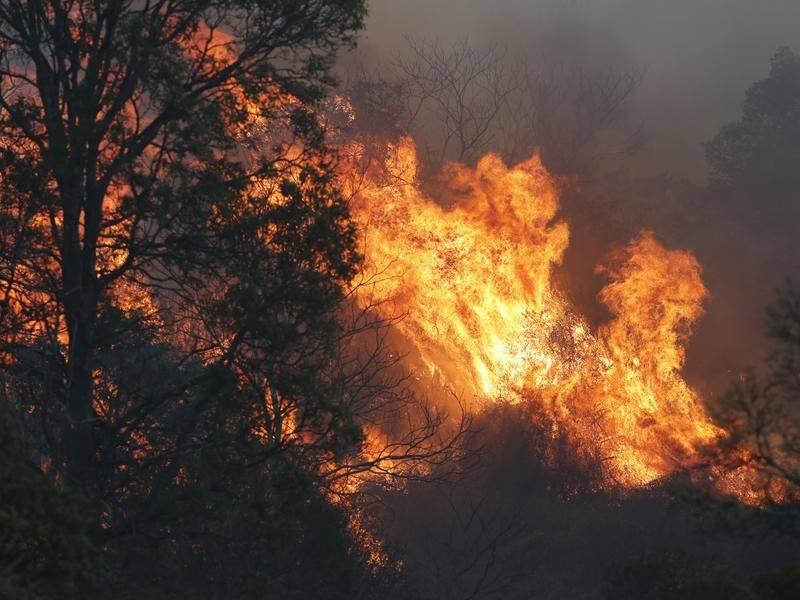Research leader
Research team
Wind is a key driver of fire behaviour and can be highly variable and difficult to predict, particularly within the lowest 1-2km of the atmosphere where it interacts in complex ways with topography and vegetation. Operational fire spread modelling quantifies the impact of vegetation or fuel type on wind speed using Wind speed Reduction Factors (WRFs).
The purpose of the project was to undertake an evaluation of WRFs used in Australia (including during Black Summer) to quantify the reduction of open space wind speed by Australian fuel types.
The review found that the use of approximated static WRFs has caused minor to significant error accumulation in the fire spread model outputs produced by fire simulation applications, including PHOENIX Rapidfire. To reduce error in fire spread modelling, the review concluded that the development of dynamic WRF modelling capabilities should be a priority. These dynamic WRFs should respond to key wind, fuel, fire and topography parameters that change over time and space.
| Year | Type | Citation |
|---|---|---|
| 2021 | Report | Wind speed Reduction Factors (WRFs): utilities for WRF assessment and communication - Black Summer final report. (Bushfire and Natural Hazards CRC, 2021). |





